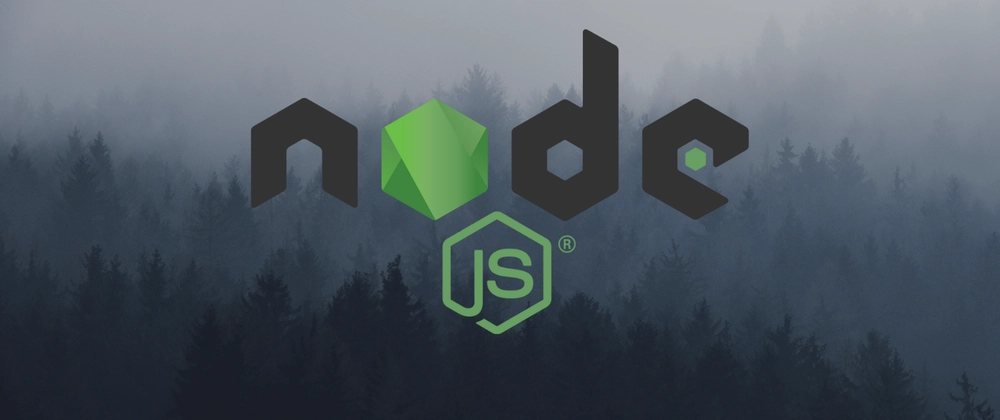Table of Contents
For this series, I'm following an excellent video tutorial from Traversy Media
Introduction
In this tutorial, we'll walk you through the process of creating a user model for a Todos application using the Mongoose library. The user model will serve as the foundation for managing user-related data, such as registration, authentication, and user-specific tasks.
Create user model
To begin, we'll create a user model by defining a schema for the user data. This schema will include fields for the user's name, email, and password. Notably, we'll set the email field as unique to ensure the integrity of user data.
const mongoose = require('mongoose'); const userSchema = mongoose.Schema( { name: { type: String, required: [true, 'Please add a name'], }, email: { type: String, required: [true, 'Please add an email'], unique: true, }, password: { type: String, required: [true, 'Please add a password'], }, }, { timestamps: true, } ); module.exports = mongoose.model('User', userSchema); By setting timestamps to true, Mongoose will automatically create a createdAt and updatedAt fields in user collection.
Add user to todo model
Next, we'll establish a connection between the user and todo models by adding a user field to the todoModel.js.
user: { type: mongoose.Schema.Types.ObjectId, required: true, ref: 'User', }, Here I'm specifying the user field with ObjectId and referencing it to the User model.
Create user controller
Now, I am creating a userController.js file in the controllers folder and adding a function for registering a user, authenticating/logging a user, and getting the logged-in user data.
const registerUser = (req, res) => { res.json({ message: "Register User" }); }; const loginUser = (req, res) => { res.json({ message: "Login User" }); }; const getLoggedInUser = (req, res) => { res.json({ message: "Logged In User data" }); }; module.exports = { registerUser, loginUser, getLoggedInUser, }; Currently, I am just displaying a message. We'll later add the actual functionality to it.
Create user routes
To expose these controller functions through API endpoints, we'll create a userRoutes.js file and define routes for user registration, login, and retrieval of user data.
const express = require("express"); const router = express.Router(); const { registerUser, loginUser, getLoggedInUser, } = require("../controllers/userController"); router.post("/", registerUser); router.post("/login", loginUser); router.get("/me", getLoggedInUser); module.exports = router; and add it to the server.js file.
... app.use('/api/goals', require('./routes/goalRoutes')); app.use('/api/users', require('./routes/userRoutes')); //added user route ... Now run the server go to the postman and check your routes. It will give a result like this.
- Register User
- Login User
- Get LoggedIn User
Connect with me






Top comments (1)
great series, keep going